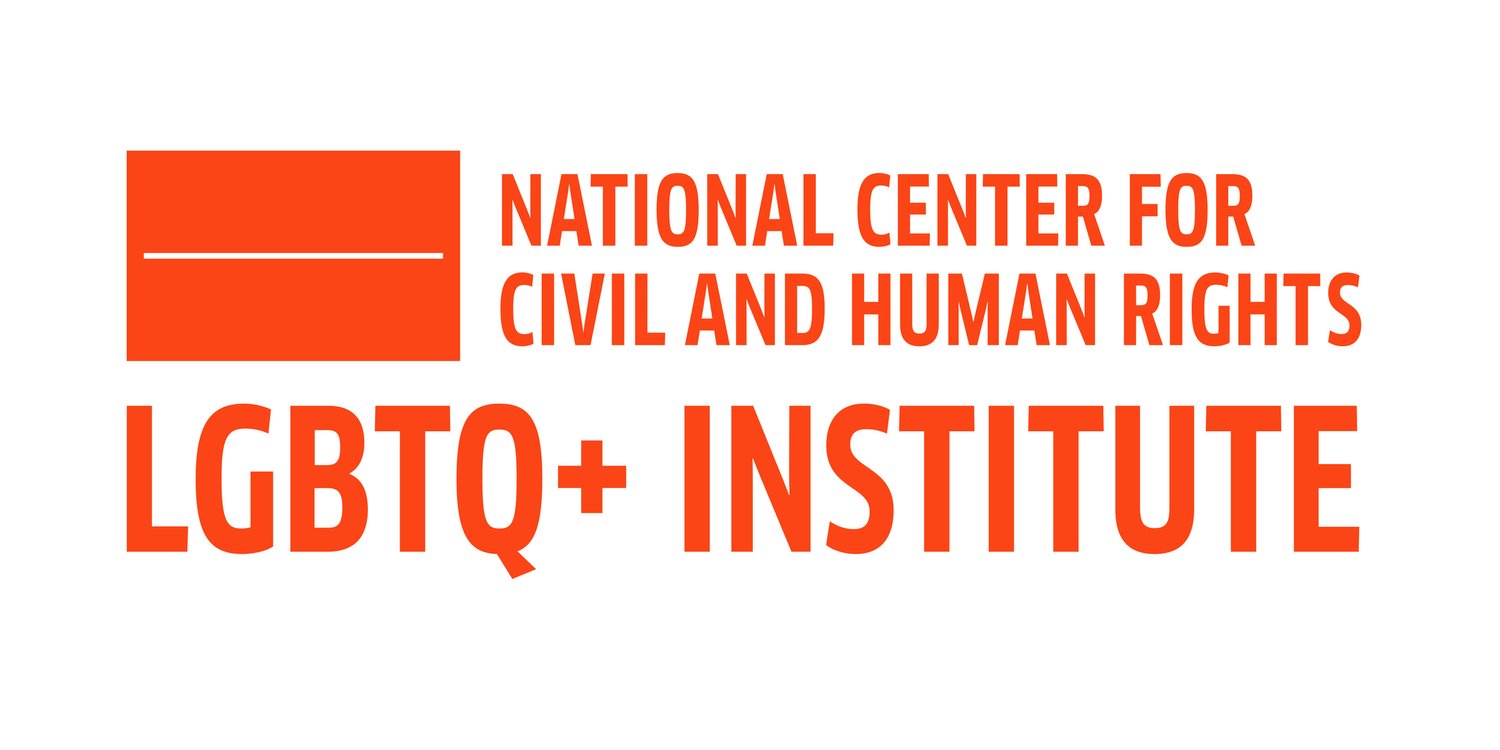By: Jason Parsley
A lack of bisexual visibility is a common complaint from bisexual organizations and activists. Just including the B in LGBT isn’t enough. Bisexual programs need to stand on their own to increase awareness and visibility.
It’s easy to say any program for gay men includes bi men. Any program for lesbians includes bi women. But often times bi men and bi women are stigmatized from both the LGBT community and the straight community.
SFGN took a look at how often our local LGBT organizations promote and/or talk about bisexual awareness. So we looked at their Facebook postings over the course of one year from August 2016 to August 2017.
The results weren’t encouraging.
Of course Facebook and social media aren’t the be-all-end-all, but it’s good starting point since social media plays such an important part of our lives and how we communicate with each other.
SFGN examined the postings from the Pride Center at Equality Park, Compass, Pridelines, Sunserve and Latinos Salud. These five organizations combined posted almost 2,500 times.
And how often were bisexuals mentioned? They got 11 posts.
We’re not including instances where bisexuals are lumped together under the umbrella term LGBT, or when the term was mentioned in a spelled out list like gay and bisexual men or lesbian, gay, biesxual, transgender.
Nine of those 11 posts promoted bisexual related events, such as their social and support groups. Only two were in regards to bisexual visibility and awareness.
Meanwhile Bisexual Health Awareness Month got zero posts. That’s right, not one of those Facebook pages mentioned the month-long event that takes place annually in March. One organization did mention LGBT Health Awareness Week with several LGBT health posts. LGBT Health Awareness week also takes place in March.
Bi Visibility Day got one post and Bisexual Awareness Week got one post. To put that in perspective, Hump Day got mentioned five times, while even National Donut Day got it's own post.
It’s important to note that this article isn’t discussing the resources these organizations offer to bisexuals. This article is just about the visibility of the bisexual community on their Facebook pages. For instance, Pridelines in Miami celebrated Bisexual Awareness Week for the two last years. One event they held last year was a forum on social and health care disparities in the bisexual community. The center also hosts a monthly bi-plus community brunch on the third Saturday of the month, and there is a bi-plus support group on the first Thursday of the month. Compass hosts a twice-monthly bi support group.
SFGN reached out to a leading national bisexual activist, Robyn Ochs, for ways to increase bi visibility.
One of the most obvious ways – social media.
“Shine a bright light in your social media feeds on Celebrate Bisexuality Day and Bisexual Health Month,” she said.
She continued: “Support groups are an obvious service. And make sure to advertise them. Organize programs and cultural events: bring in bi+ speakers, musicians, artists, and make it clear that they identify as bi+.”
Other ideas include covering the bi community in their newsletters, interviewing local bi folks, making sure there is adequate bi representation in the organization, and providing bi training for the board and staff.
This year Bisexual Awareness Week is taking place Sept. 17 to 24 while Celebrate Bisexuality Day (also known as Bi Visibility Day) is Sept. 23.
This is a part of our Bisexual Visibility Week special package. Check out sfgn.com/2017biissuedaily for new stories.
